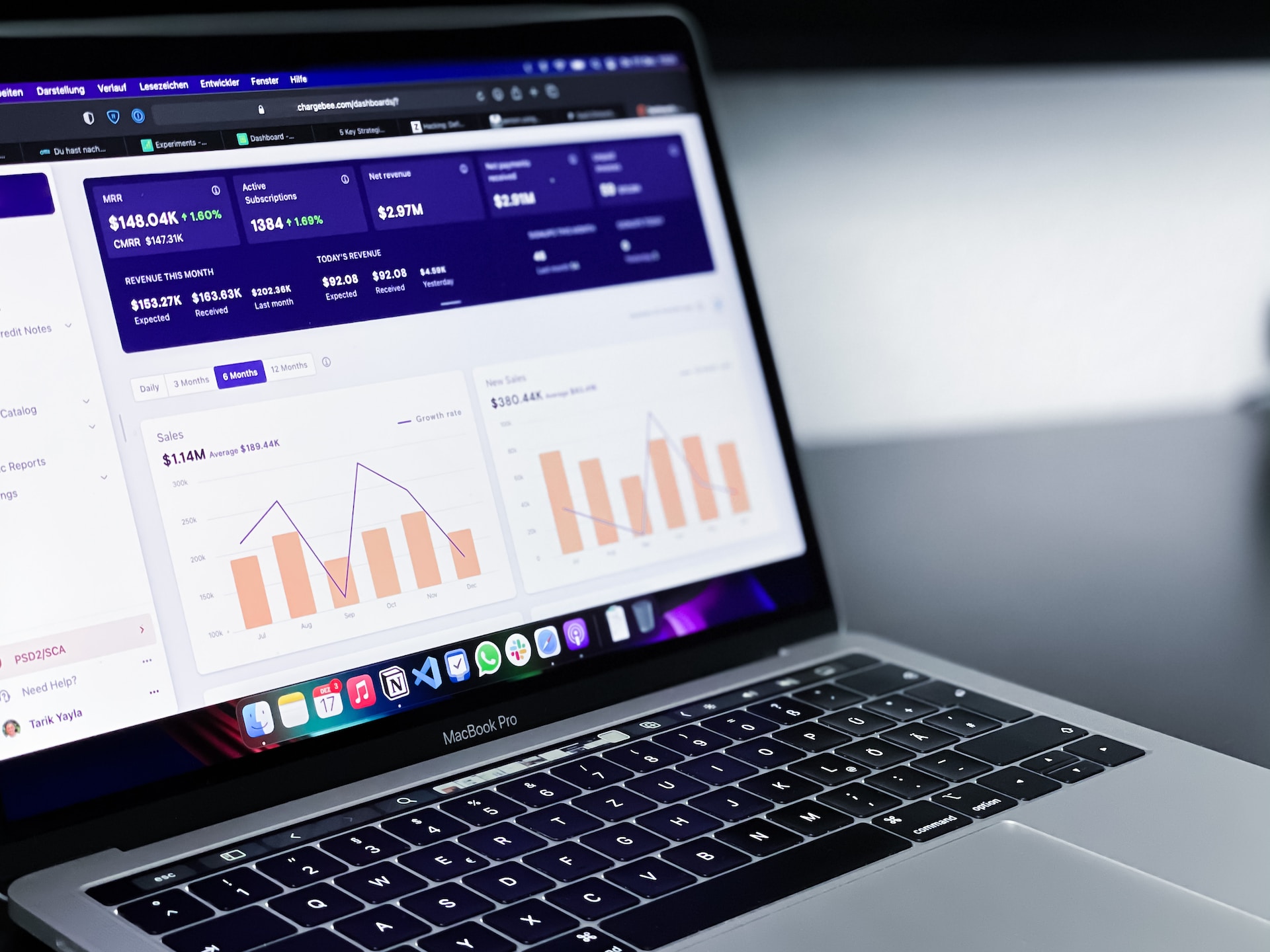In today’s fast-paced digital world, where information travels at the speed of light and connectivity is crucial, 5G technology has emerged as a game-changer. As we delve into the era of the Internet of Things (IoT), augmented reality (AR), virtual reality (VR), and autonomous vehicles, the demand for high-speed, low-latency connectivity has never been greater. In this blog post, we will explore the exciting world of 5G technology, its capabilities, and how it is poised to revolutionize various industries and our daily lives.
Understanding 5G Technology
What is 5G?
5G, short for the fifth generation of wireless technology, is the latest evolution of mobile communication standards. It succeeds 4G (LTE) and offers significant improvements in terms of speed, capacity, and latency. While 4G networks primarily focus on delivering high-speed data for mobile devices, 5G goes beyond that, promising a broader range of applications across various industries.
Key Features of 5G Technology
- Ultra-High Speed: 5G networks are designed to deliver data at unprecedented speeds, potentially reaching up to 10 Gbps (gigabits per second). This is approximately 100 times faster than the fastest 4G networks. Such speeds enable almost instant downloads of large files, smooth streaming of 4K and even 8K video, and near real-time responsiveness for applications like gaming and video conferencing.
- Low Latency: One of the most significant advantages of 5G is its ultra-low latency, typically less than 1 millisecond. Low latency is essential for applications where immediate responses are critical, such as autonomous vehicles, remote surgery, and augmented reality.
- Massive Device Connectivity: 5G networks are designed to handle a massive number of connected devices simultaneously. This capability is crucial for supporting the growing number of IoT devices, which are becoming increasingly prevalent in our homes, cities, and industries.
- Network Slicing: 5G introduces the concept of network slicing, which allows network operators to create multiple virtual networks within the same physical infrastructure. Each network slice can be tailored to specific use cases, ensuring optimal performance for different applications.
- Improved Energy Efficiency: 5G technology is more energy-efficient than its predecessors. This is essential for reducing the carbon footprint of the telecommunications industry, as well as enabling the deployment of IoT devices that may operate on battery power for extended periods.
The Potential Impact of 5G Technology
1. Enhanced Mobile Experiences
The most immediate impact of 5G technology will be felt by mobile users. With faster download and upload speeds, buffering during video streaming will become a relic of the past. Gamers will experience lower latency and smoother gameplay. Additionally, 5G will enable new mobile applications and experiences, such as augmented reality navigation and interactive virtual reality content, making our smartphones even more integral to our daily lives.
2. IoT Revolution
The Internet of Things is rapidly expanding, with smart devices finding their way into our homes, offices, factories, and even our clothing. 5G’s ability to support a massive number of connected devices will be pivotal in realizing the full potential of IoT. Smart cities will use 5G networks to manage traffic flow, monitor air quality, and enhance public safety. In healthcare, IoT devices will enable remote patient monitoring, improving the quality of care for patients with chronic illnesses.
3. Autonomous Vehicles
Self-driving cars rely heavily on real-time data processing and communication with other vehicles and infrastructure. 5G’s low latency and high-speed connectivity will be indispensable for the development and widespread adoption of autonomous vehicles. These vehicles will communicate with each other and traffic management systems, ensuring safe and efficient transportation.
4. Healthcare Transformation
Telemedicine has gained significant traction, especially in the wake of the COVID-19 pandemic. With 5G, healthcare professionals can conduct remote surgeries with minimal latency, enabling them to perform procedures on patients in distant locations. Additionally, the use of IoT sensors for patient monitoring will become more widespread, leading to more accurate and timely healthcare interventions.
5. Smart Manufacturing
Industry 4.0, or the fourth industrial revolution, is characterized by the integration of digital technologies into manufacturing processes. 5G technology plays a vital role in enabling smart manufacturing by providing real-time data on machine performance, inventory levels, and quality control. This leads to increased efficiency, reduced downtime, and improved product quality.
Challenges and Concerns
While the potential benefits of 5G technology are immense, there are also challenges and concerns that need to be addressed:
1. Infrastructure Deployment
Deploying 5G infrastructure is a massive undertaking that requires significant investment and coordination between governments, telecommunications companies, and technology providers. Ensuring adequate coverage in both urban and rural areas is essential to realize the full potential of 5G.
2. Security
The increased connectivity and reliance on 5G networks make them more vulnerable to cyberattacks. Ensuring the security of 5G networks and the data transmitted through them is a top priority.
3. Privacy
The proliferation of IoT devices connected to 5G networks raises concerns about data privacy. Striking the right balance between data collection for useful applications and protecting individuals’ privacy will be a continuous challenge.
4. Health Concerns
There have been concerns raised about the potential health effects of exposure to the higher frequencies used by 5G networks. Extensive research is ongoing to assess any health risks associated with 5G technology.
Conclusion
5G technology represents a transformative leap in the world of connectivity and communication. With its ultra-high speed, low latency, and massive device connectivity, 5G has the potential to revolutionize industries, improve our daily lives, and enable innovations that were once thought impossible. From enhancing mobile experiences to enabling autonomous vehicles and transforming healthcare and manufacturing, 5G technology is set to unlock new possibilities and drive economic growth.
However, realizing the full potential of 5G technology will require addressing infrastructure challenges. Ensuring security and privacy, and carefully monitoring any potential health concerns. As we stand on the cusp of this technological revolution, it is essential to embrace the opportunities that 5G presents while remaining vigilant about its potential risks and implications.
In the coming years, we can expect to see a world where the Internet of Things is fully integrated into our lives, where autonomous vehicles roam our streets, and where healthcare is transformed by telemedicine and remote surgeries—all made possible by the incredible power of 5G technology. The future is fast approaching, and it’s going to be faster and more connected than ever before.





